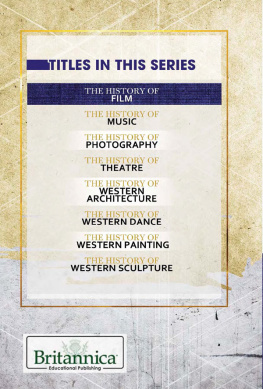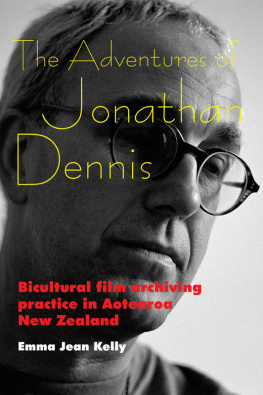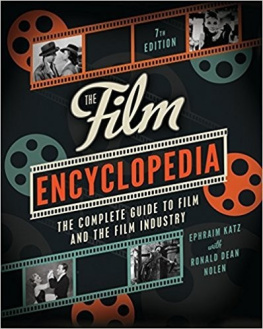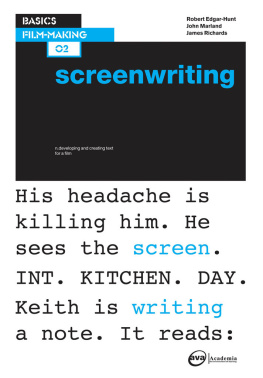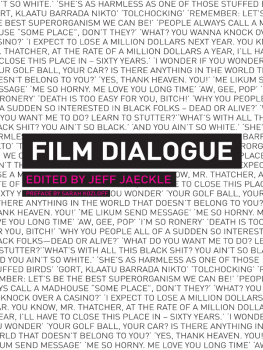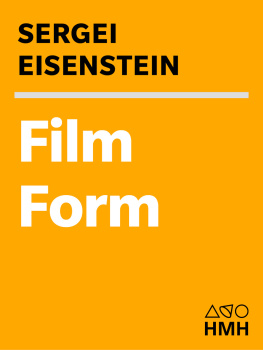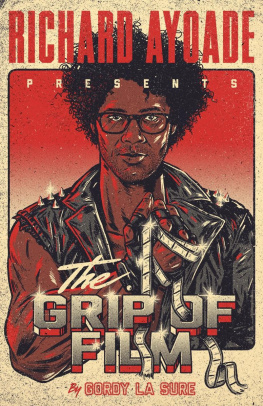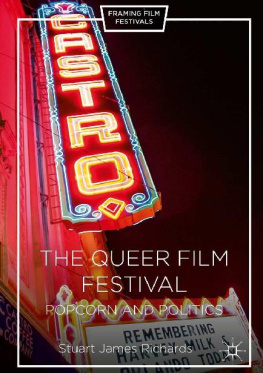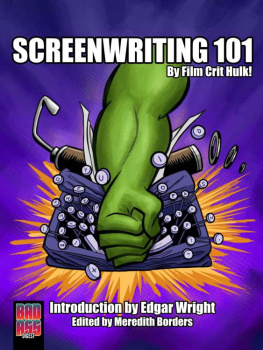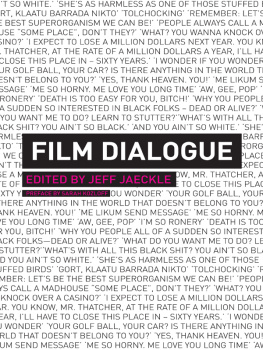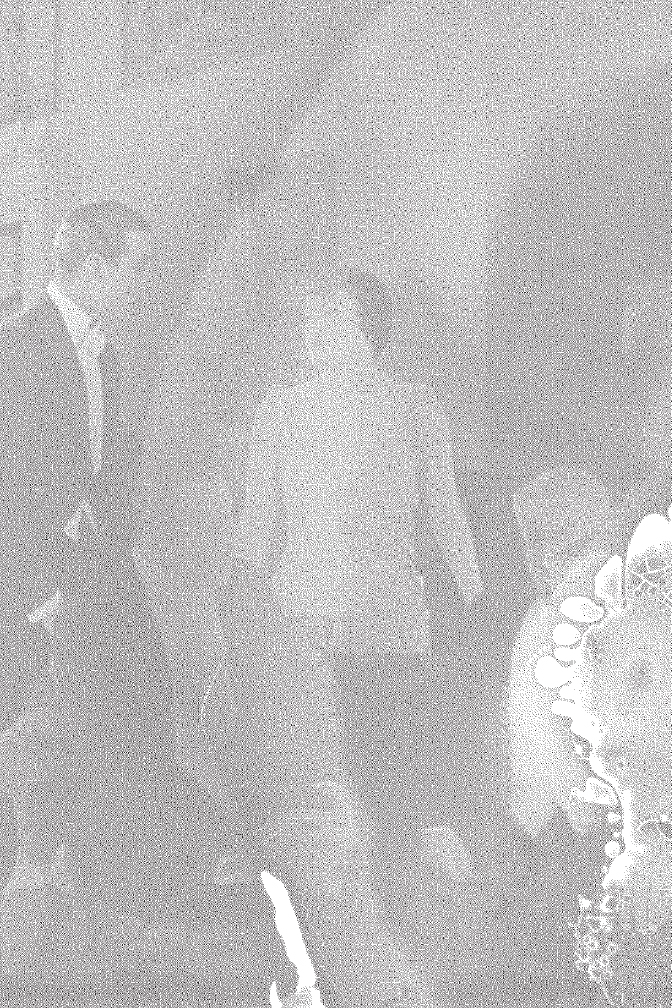
Framing Film (in Transition): an Introduction
Film is in a state of rapid change, a transition where analog (photochemical) film is being gradually replaced by digital film. Most think that digital projection will substitute traditional film projection already within a few years. This transition, evident across media in both the commercial and the cultural fields, profoundly affects not only the practice of filmmaking and distribution, but also the practice of film archiving, and the theoretical conceptualization of the medium.
Past instances of technological transitions within film have succeeded one another throughout the nineteenth and the twentieth century, from a variety of pre-cinema technologies and practices to a number of moving image technologies; early moving image technologies were sometimes accompanied by experimental sound systems, experiments that continued throughout the first part of the twentieth century until a standard was established in the early 1930s; and in the 1950s, the moving image was again transformed with the introduction of television, within a technological frenzy that involved both the newly born television medium and the film medium, for the first time put under pressure by competition. All these moments of transition have worked as a catalyst for a process that has never found rest: the continuous transformation of audiovisual media or, maybe even more aptly, as this work intends to demonstrate, their inherently transitional nature.
Grown inured to the profound changes film has undergone in the past, many argue that with the digital turn a transformation of a different kind is occurring, and that with the digital, along with a technological transition, also an ontological change is taking place. To address this line of thought it is necessary to consider and discuss the very nature of film.
The current technological transition from analog to digital cuts across all modern media from print to sound, from photography to video and film. Film, the central focus of this study, is witnessing a time of unprecedented change. Existing logics of production, distribution and exhibition are challenged, and many different and competing standards are being introduced. The turmoil around this ongoing change has spread from the film industry to its audiences, from academia to cultural institutions.
Early appearances of digital technology in film can be traced back to the late 1970s with the first attempts to create digital special effects and, later, in the 1980s, when the anticipation of an imminent digital turn in film production grew more pronounced. At that time Francis Ford Coppola envisioned the arrival of digital cinema, and, even more insistently, George Lucas began his long-standing militancy for the all-digital film. Nevertheless, thirty years later we are still witnessing a progressive hybridization of technologies where analog and digital coexist in many segments of the production chain. Indeed, both old and new technologies keep changing in ways that are not converging. While editing, for instance, has indisputably become an all digital affair, projection is still almost all analog and, similarly, films shot using exclusively digital cameras are still a minority. However, although analog and digital technologies at this point complement each other in a hybrid form, digital technology is still expected to take over film and other media altogether. As I write, the digital has shown only the tip of its potential: Moore's law remains valid and we continue to see dramatic increases in processing power, storage capacity and transmission speed. We are clearly at a transitional moment and, as William Uricchio put it, we have a sense of what is looming in the distance, but its magnitude is not yet visible or even imaginable. (2007: 19) Indeed, in the middle of the technological transition, with a sense of the direction (towards the digital) but with no real sense of the destination, we have a unique (and uniquely limited) point of view. To use Tom Gunning's words, the still unexplored potential of the digital holds an uncanny fascination for us who are witnessing its emergence:
Every new technology has a utopian dimension that imagines a future radically transformed by the implications of the device or practice. The sinking of technology into a reified second nature indicates the relative failure of this transformation, its fitting back into the established grooves of power and exploitation. Herein lays the importance of the cultural archaeology of technology, the grasping again of the newness of old technologies. (2003-I: 56)
The current technological transition comes with promises of a revolutionized medium and the utopian dimension has not yet surrendered to the routine of a reified technology and practice. If this ongoing transition can, according to Gunning, offer useful tools for grasping the newness of old technology, similarly, technological transition from the past can help us in the investigation of the current transition.
From this perspective, this work addresses the question of whether the ongoing transition in film technology and practice is introducing a fundamental change in the nature of film, and specifically focuses on how it could affect the present and the future role of film archives. I will critically assess theoretical work on film and new media and repurpose it, seeking a new theorization of film archival practice in this transitional moment. I will investigate how film archives, by looking at film from the perspective of film and new media theory, could re-position film as a full participant within the new media environment, and how film archivists could re-think their profession and their relationship with the media environment.
Film archival practice is changing very rapidly and, with it, the way we look at the preservation of our film heritage. New forms of (digital) archives are being developed via the Internet that make use of participatory media to provide a significantly wider and more open form of access than any traditional archive has ever offered before. As a consequence, film archives and film museums are struggling with questions about their role. As a response, they could either close their doors to new media, or accept them and challenge some of their views and assumptions about the film medium. Whatever the choice, it will determine their future.
At this crucial moment of changing technologies and concepts there is insufficient dialogue between film archives and academia. Caught up in everyday practicalities, film archivists rarely have time to reflect on the nature of film and on the consequences deriving from new technologies on the viability of film as a medium. On the other hand, researchers investigating the ontology of the medium theorize future scenarios at a much faster pace than practice can keep up with, often without considering the material and institutional realities underlying the medium. This situation is leading to an increasing estrangement between theory and practice.
A constructive dialogue is needed along the lines of the International Federation of Film Archives Conference held in Brighton in 1978, which brought film historians and film archivists together to re-assess early film history, sparking something of a Renaissance in film studies and archival practice. If the Brighton Conference led film archives to open their doors to film historians, and, consequently, to a renewed academic interest for early films, this work strives to stimulate a closer relationship between film theory and film archives, by bridging the archival field, based on practical experience, and the academic field, open and free to elaborate on the nature and the consequences of changing media.
Next page
